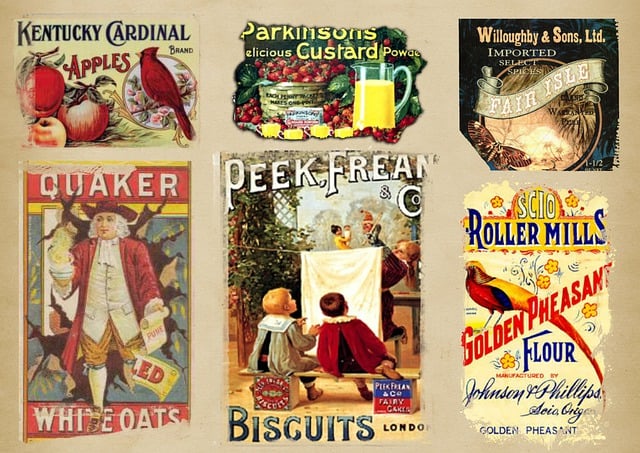In the UK pharmaceutical market, Translation services for Pharmaceutical Product Labels UK are vital for patient safety and regulatory compliance. Strict regulations require accurate, culturally sensitive translations that go beyond basic words, addressing symbol meanings, medical terminology, and local nuances. Professional translators ensure clear, consistent labels across languages, minimizing misidentification risks and improving patient understanding. High-quality translations enhance product marketing, legal adherence, and safe treatment adherence among diverse UK consumers. Case studies show improved patient outcomes with accurate label translations, highlighting the critical role of these services in multicultural healthcare.
In the UK pharmaceutical market, clear and accurate product labels are paramount. With a diverse patient population and increasing global trade, ensuring label translations meet regulatory standards and cultural nuances is essential. This article explores the critical role of translation services in enhancing patient safety and compliance. From understanding regulatory challenges to implementing best practices, we delve into strategies for creating unambiguous labels, backed by real-world case studies highlighting the impact of high-quality translations on healthcare outcomes. Discover how professional translation services are revolutionizing pharmaceutical labeling in the UK.
- Understanding the Importance of Accurate Translations for Pharmaceutical Labels in the UK
- Challenges in Translating Product Labels: Cultural and Regulatory Considerations
- The Role of Professional Translation Services in Ensuring Clarity
- Best Practices for Creating Clear and Effective Translated Labels
- Case Studies: How High-Quality Translations Improve Patient Safety and Compliance
Understanding the Importance of Accurate Translations for Pharmaceutical Labels in the UK

In the UK, pharmaceutical labels are subject to stringent regulations, ensuring patient safety and product integrity. Accurate translations play a vital role in this process, especially with the growing number of international pharmaceutical companies entering the market. When it comes to translation services for pharmaceutical product labels in the UK, precision is key. Inaccurate or unclear translations can lead to misidentification, incorrect dosage instructions, or even hazardous consequences, posing significant risks to public health.
Therefore, professional translation services specializing in pharmaceuticals are essential. They employ linguists with expertise in medical terminology and regulatory requirements, ensuring that translated labels maintain their integrity and accuracy. These services go beyond simple word-for-word translations, involving cultural adaptation and localization to meet the specific needs of the UK market while adhering to European Union (EU) guidelines on pharmaceutical labeling.
Challenges in Translating Product Labels: Cultural and Regulatory Considerations

Product labels in the pharmaceutical industry must be incredibly precise and clear, especially when considering global markets. When translating these labels, there are numerous challenges that go beyond simple word-for-word substitutions. Cultural nuances play a significant role; what is considered an acceptable instruction or warning in one country might be misunderstood or even offensive in another. For instance, symbols and colours can carry different meanings across cultures, which could lead to confusion if not properly addressed.
Regulatory requirements also vary internationally, with each region having its own set of rules and standards for pharmaceutical labelling. Translation services must be aware of these regulations to ensure the accuracy and legality of the translated content. This includes understanding local language preferences, prescription formats, and even font choices. Professional translation companies specialising in pharmaceutical product labels in the UK should have expertise in navigating these complex issues to deliver clear and compliant label translations.
The Role of Professional Translation Services in Ensuring Clarity

Professional translation services play a pivotal role in ensuring clarity for pharmaceutical product labels in the UK. With strict regulatory requirements and diverse linguistic landscapes, it’s crucial to engage experts who understand both the scientific terminology and local language nuances. These services employ highly skilled translators who are adept at translating complex medical concepts accurately and concisely. They also adhere to industry-specific terminologies, ensuring that product information remains consistent and reliable across languages.
Moreover, professional translation services often incorporate quality assurance processes to guarantee accuracy and cultural adaptability. This includes rigorous proofreading, editing, and review by subject matter experts to ensure the translated labels not only convey the same meaning as their English counterparts but also meet local language standards and regulations. By leveraging these services, pharmaceutical companies can confidently market their products in diverse languages, maintaining clarity and safety for consumers while adhering to legal requirements.
Best Practices for Creating Clear and Effective Translated Labels

When it comes to pharmaceutical product labels in the UK, clarity is paramount, especially when considering the diverse linguistic landscape. Accurate and effective translation services are essential to ensure that vital information reaches all consumers, regardless of their native language. The goal is to maintain the integrity of the original message while adapting it for cultural nuances and different languages.
Best practices involve collaborating with professional translators who have experience in pharmaceutical terminology. They should be adept at localizing content, understanding cultural contexts, and ensuring terminological consistency across all labels. Additionally, utilizing translation memory tools can help preserve brand voice and ensure accuracy. These tools store previously translated segments, allowing for faster, more uniform translations. Remember, clear product labels are not just about words; they facilitate safe and informed use, making them a critical aspect of patient care and regulatory compliance in the pharmaceutical industry.
Case Studies: How High-Quality Translations Improve Patient Safety and Compliance

High-quality translations of pharmaceutical product labels are paramount in ensuring patient safety and compliance across diverse markets, especially in the UK where a multitude of languages are spoken. Case studies have shown that accurate and clear label translations significantly reduce medication errors, improve patient understanding, and enhance overall adherence to treatment plans.
For instance, a study focusing on translation services for pharmaceutical product labels in the UK revealed that patients with non-English speaking backgrounds had lower rates of medication compliance when presented with unclear or incorrectly translated labels. Conversely, those who received accurately translated labels demonstrated improved comprehension and a higher likelihood of adhering to their prescribed regimens. This underscores the critical role that professional translation plays in bridging communication gaps and fostering safer, more effective healthcare practices within multicultural communities.
Ensuring clear and accurate translations of pharmaceutical product labels is paramount in the UK market. By understanding cultural nuances, adhering to regulatory requirements, and leveraging professional translation services, manufacturers can significantly enhance patient safety and compliance. Best practices include meticulous planning, collaboration with experts, and thorough testing. Investing in high-quality translations not only improves communication but also fosters trust among diverse patient populations, ultimately contributing to better health outcomes. Translation services for pharmaceutical product labels UK play a vital role in navigating this complex landscape, ensuring that every patient receives clear and consistent information.



